Design
Research
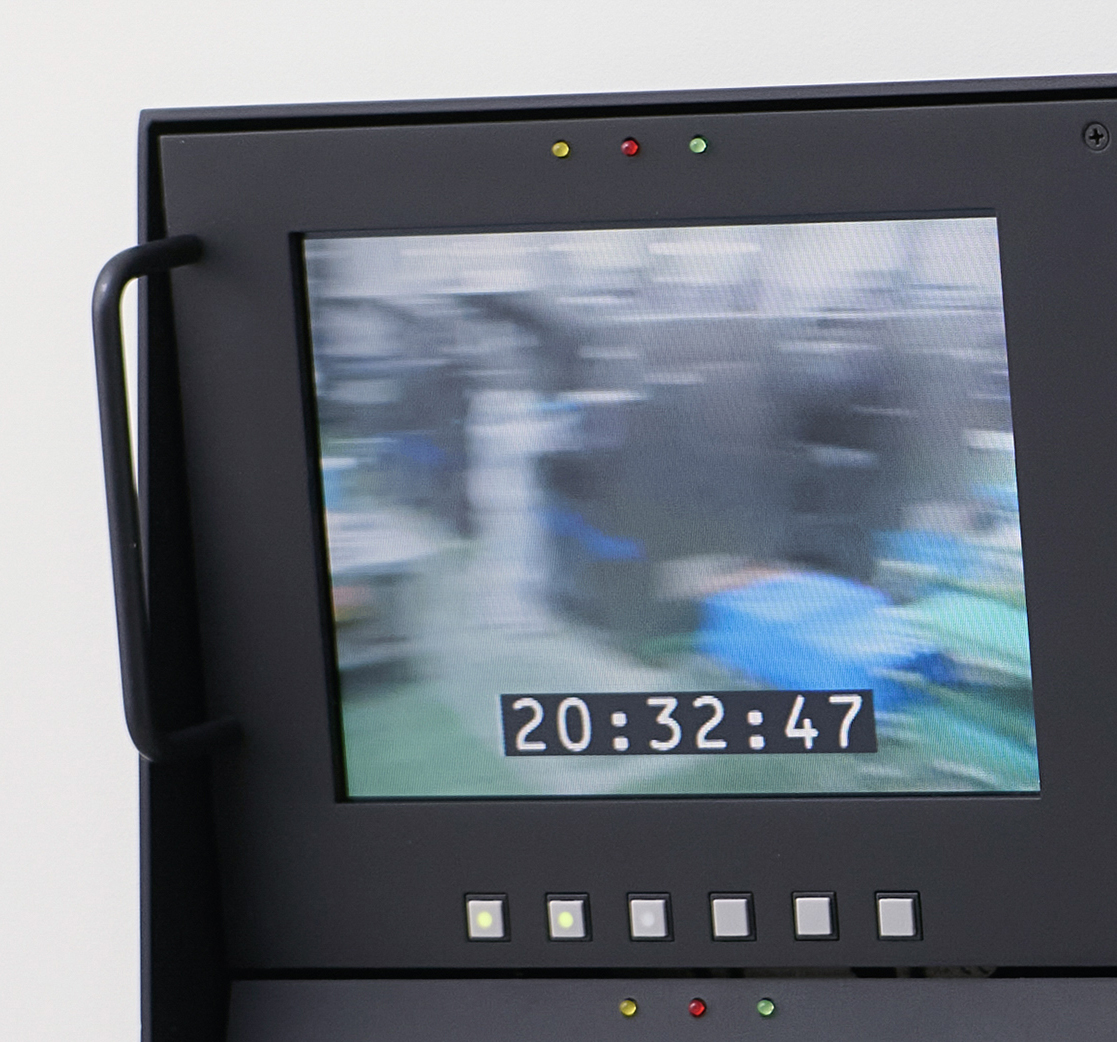
Real-Time
Real-Time is a four-screen device cycling through some two hundred and forty live-streaming CCTV cameras around the world, produced for the exhibition 24 Hours, curated by Jamie Wolfond and Simple Flair for the 2025 Milano Salone. Insofar as the device keeps time, it measures its abstract passage through an unfiltered sprawl of everyday human life, a window into the sheer banality of everything happening everywhere, all at once.
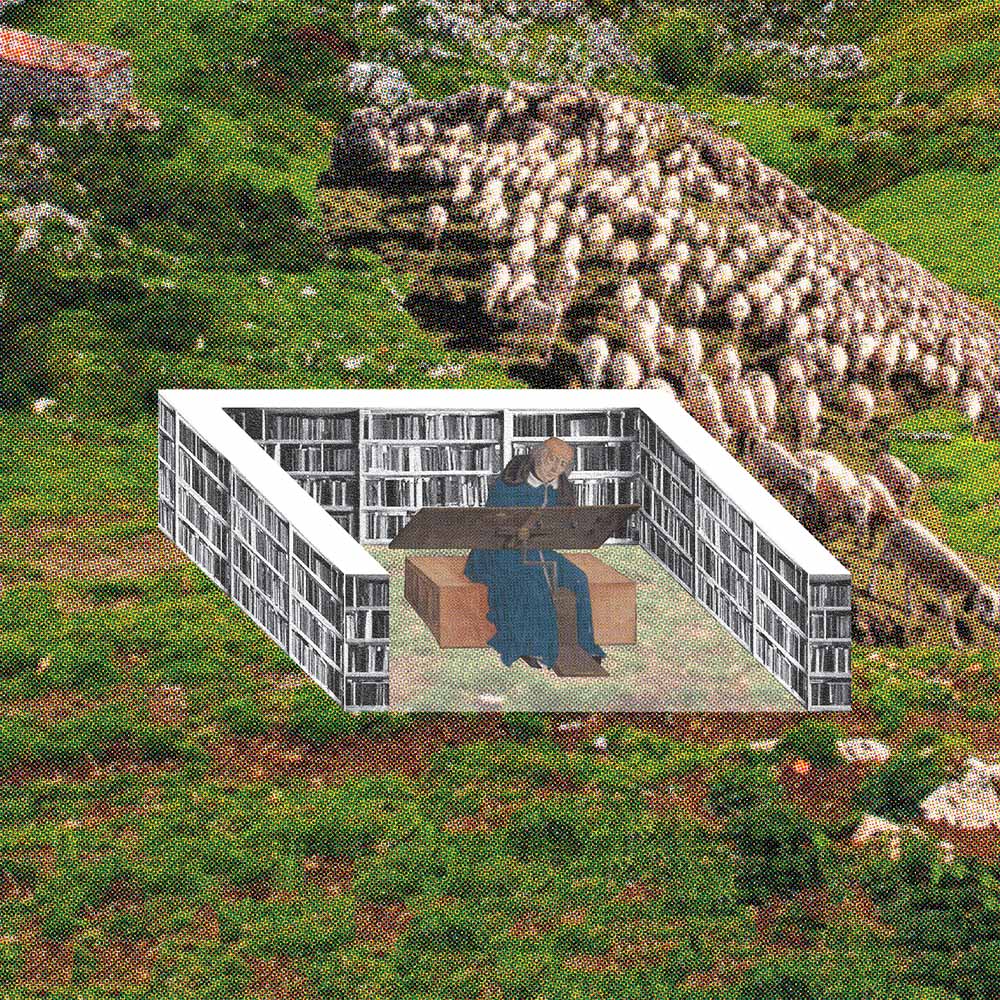
Shepherds School Library
The Shepherds School Library for the Campo Adentro Shepherds School is a small library which mirrors the footprint of a typical shepherd’s hut. It follows the notion that if large-scale is the language of conventional institutional hegemony, the clearest way that an institutional library for shepherds can reflect its reality would be through a deliberate inversion; establishing direct 1:1 relationships between training and the real scale of practice.
Supported by Kvadrat and Rhizome Association, the Shepherds School Library is an ongoing project slated for completion in 2025.
Supported by Kvadrat and Rhizome Association, the Shepherds School Library is an ongoing project slated for completion in 2025.

Korshage Bench
The Korshage Bench was designed for the Korshagehus, architect Erik Korshagen’s summer home in Rørvig, Denmark, as part of the exhibition A Calm Place curated by Sébastien El Idrissi and Sara de Campos and presented by Objective Studies. It's an informal adaptation of fireside settles—rigid, high-backed benches found in homes across Europe from the 10th century onward—reflecting a contemporary condition where the fireplace serves more as a central lounge than a means of central heating.

Exposición de Bienes
An exhibition in the form of a market, Exposición de Bienes acts as a commercial foil to the Museo Nacional de Artes Decorativas in Madrid. The presented goods, ranging from 16th century ceramics to early 20th century furniture, were sourced from the antiques district of the city and curated to correspond with selections from the museum's collection. Visitors are encouraged to visit the museum and the market in any order and to take something home. By juxtaposing the collection against a likeness available for sale, the exhibition emphasizes the fundamental nature of the objects: they were made to be used.

Living Room
Commissioned by Kvadrat and curator Jeffrey Bernett for the Kvadrat Febrik 2020 Knit! Design Project, Living Room is a reinterpretation of the family table. Informed by the history of seating in the Middle East, it was imagined as a place where one might gather for tea or to play cards.


Bird Pavilions
Two studies on the ways in which our lives and natural behaviors imprint on one another. Both are structures for indifferent avian audiences, which—whether by our influence or by sheer convenience—have come to rely on some sort of human intervention to sustain them.

Beam Collection
A bath collection for the heritage Italian company Zucchetti.Kos relates washbasins and consoles to their everyday predecessors. The gentle curvature of the washbasin is modeled after a prototypical bowl—the ancestor of the modern sink—with interior platforms providing space for soap bars or bath accessories. The supporting console, formally referencing the steel I-beam, links the wall-mounted unit to the structure and organization imposed by standard building components.
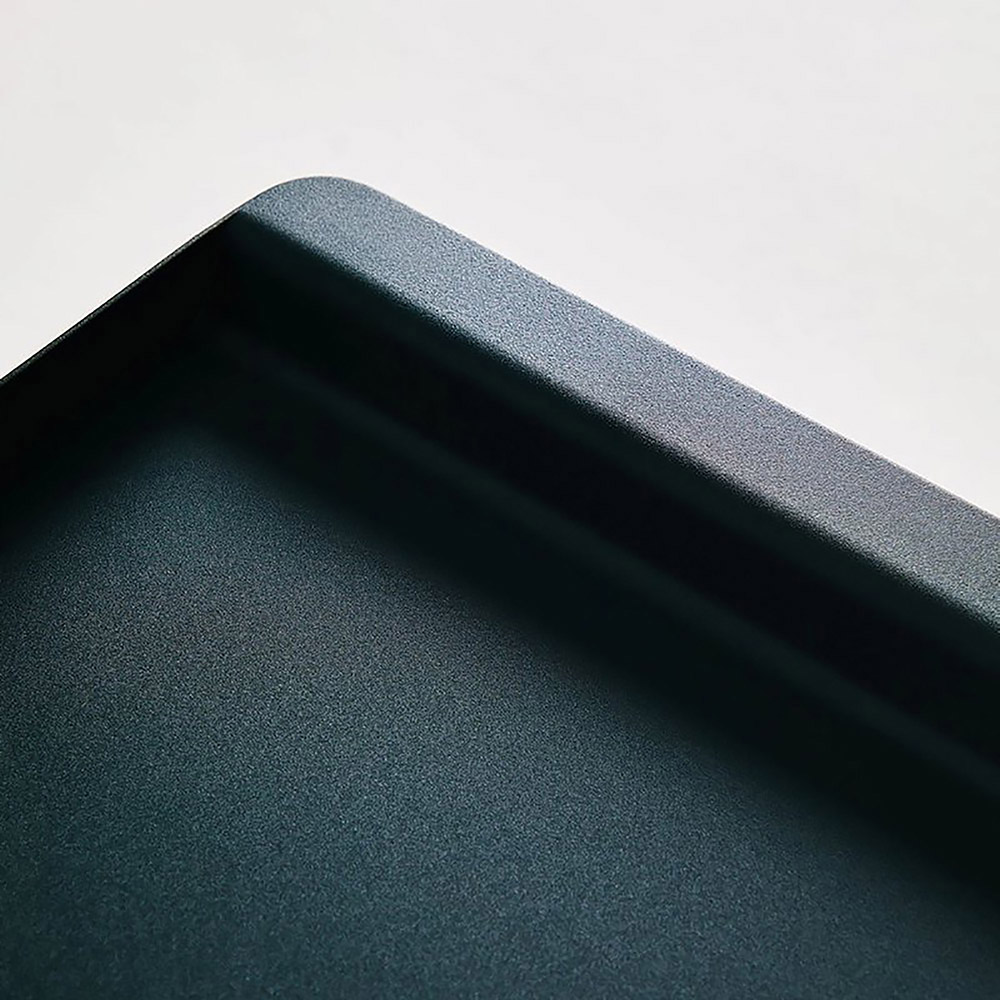
Barbican Play
An extension of the Barbican Trolley, Barbican Play is a shorter, more adaptable work cart for the ever-transforming home or office. The convenient height permits the cart to easily slides underneath one’s desk, where it can be accessed by way of a hollow handle designed to be grasped from either the top or the bottom.

Cigarette for One
An ashtray designed for the one-year anniversary exhibition of the Fisher Parrish Gallery. Cigarette for One is meant as a contemplative object, and an ode to the dying ritual of smoking a cigarette to end the night and reflect on the day.
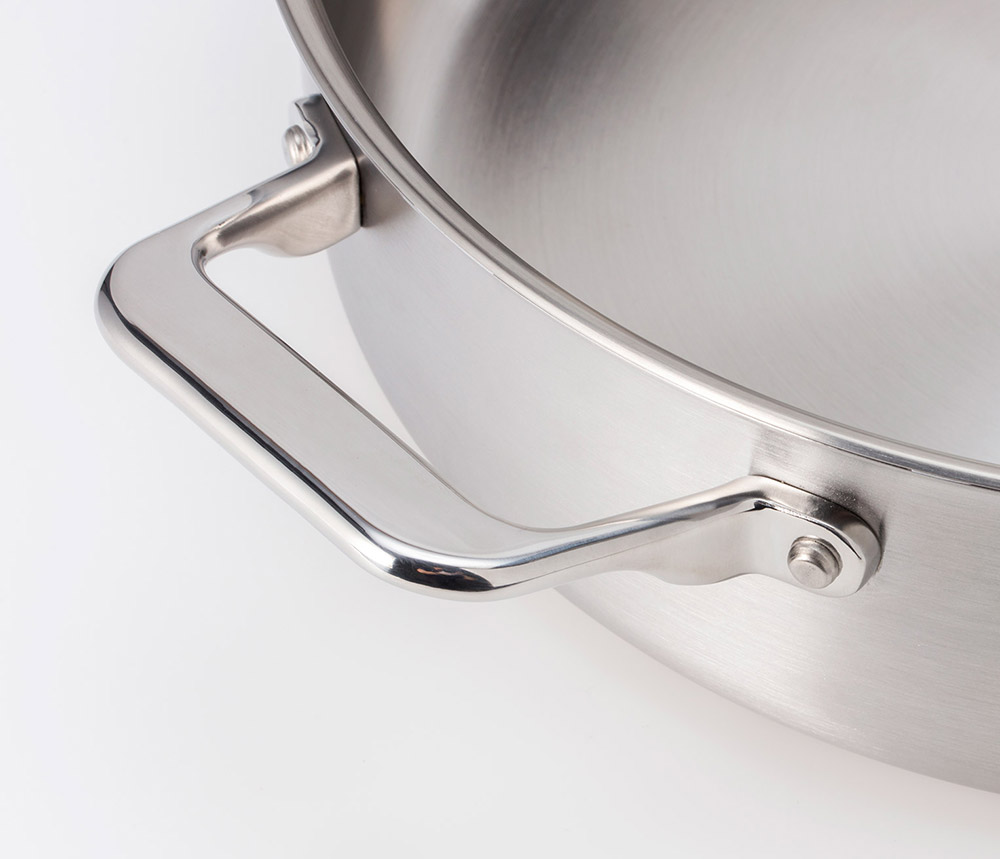
Cookware
A cookware collection for Misen, with sculpted handles that maximize ergonomics and bases that provide even heat distribution and retention. Sloping, rounded handles soften the performance-based materiality of stainless steel, with each consideration in form working to further the offering’s total function. Appropriate for both the professional and home cook, the seven piece collection features skillets, sauciers, sauté pans, and a stockpot.

Barbican Trolley
Barbican is an architectural take on the bar cart; a vertical structure that caters to one’s needs. A hierarchy is established by the tiers, and the handle is integrated into the top surface to meet the hands at a natural height. The form falls to the background while the objects placed on the cart are elevated, creating a sense of serenity and purpose. The cart is meant to be used in a variety of settings as an all-purpose trolley that serves more than just drinks.
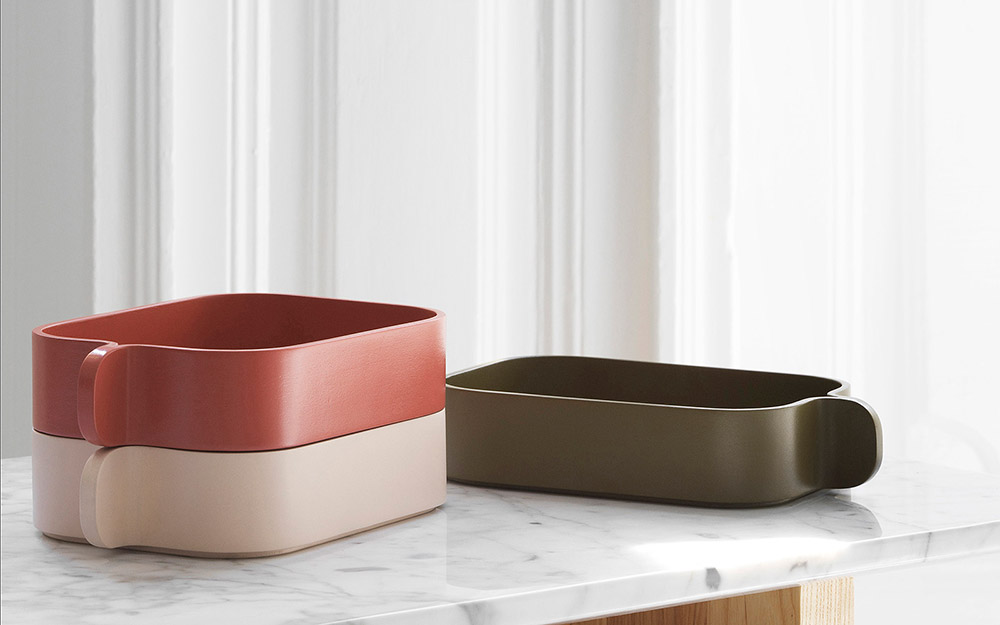
Bent Box
Simple storage boxes designed for Normann Copenhagen, made from a single strip of wood wrapped around a base, taking after the Japanese tradition of magewappa, or bentwood housewares. They are able to stack for storage, allowing the user to determine how they could fit into one's life; whether as trays, containers, or catch-alls.

Omniweight
Omniweight was designed for the inaugural exhibition of Fisher Parrish Gallery, The Paperweight Show. Water weights—which are used around the world for everything from doorstops to securing signage—were the point of inspiration. Their inherent convenience lies in their utility, in that once their job is done, they can be emptied and carried away with little strain. Our adaptation is a miniaturization of this reference: a refillable weight that can sit on a desk or serve for heftier tasks.
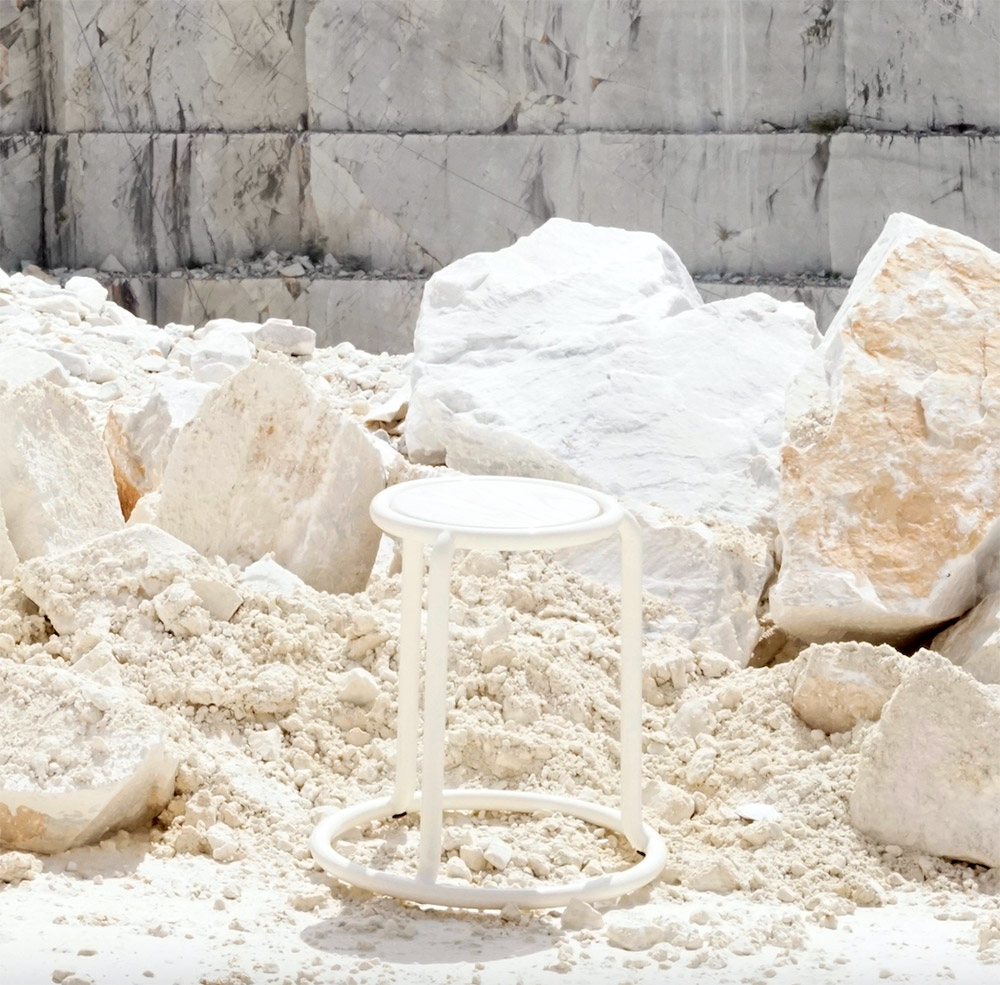
Champ
A stacking stool intended to fit effortlessly into a home, café, or office. The use of broad steel tube gives it a pleasantly robust familiarity. Named with a nod to its similarity to a champagne cage, Champ is a stool that finds function in its casual and practical nature.

Shapes Bundle
The Shapes Bundle developed as the result of a partnership with athletic apparel brand Outdoor Voices for the Wallpaper* Handmade project in 2015. The collaboration provided an opportunity to create a family of five objects intended for use both within and outside yoga practice. After their initial debut, the collection was refined for production and the rollers and blocks, manufactured in cork, were made available for sale.

Stepladder
A wooden stepladder for the home. Produced of bent wood, in an effort to bring warmth and familiarity to an everyday tool, the ladder relates more to the language of furniture production than to hardware or utility. The frame consists of two steam bent components that are produced, for ease of manufacturing, from the same mold.

Kyuzo Collection
A collection of desk and home accessories, driven by materiality and designed to provide divisions of space through subtle hierarchies. The project is a meditation on formal purity and composition. While each component has its own strength, the grouping of objects is most balanced when viewed as a full set, with each piece playing on the sculptural language of the other.
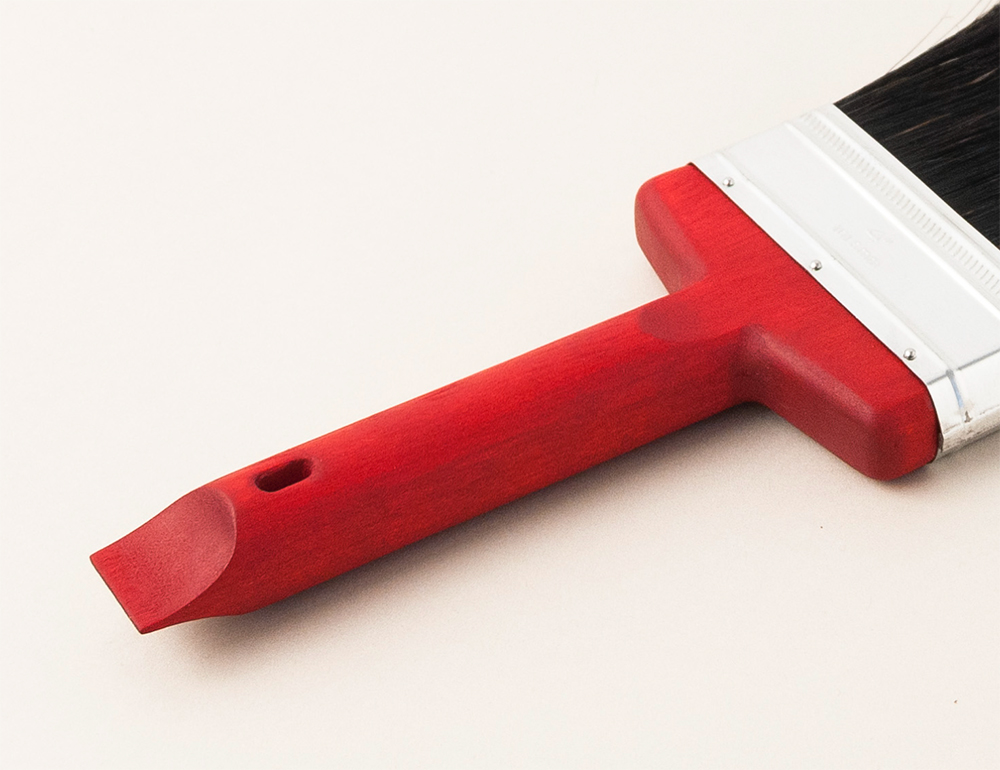
Standard Paintbrush
When asked by the Cooper Hewitt Smithsonian Design Museum shop to design a tool for sale to coincide with the museum's show Tools: Extending Our Reach, we chose to reconsider the paintbrush.
© 2025 Sina Sohrab
A Brief History of the Camping Tent
An investigation into the sociopolitical history of a camping tents, prodding out questions about the industry's direction while offering a detailed understanding of the technology and politics that have informed the tent's formal and structural development. Commissioned by Collections Typologie for their fifth issue: The Camping Tent.

Bird Pavilions: Specific Housing
A study on the evolution of birdhouse typologies, from early Persian dovecotes and Anatolian facade-built shrines to contemporary imitations of human architecture, mass produced for backyard enjoyment. Commissioned by the Institute for Postnatural Studies for La condición postnatural, published by Cthulhu Books.

Cable Ties
The history of the cable tie from the early 1950s to present day, tracing the sociopolitical contexts shaping its evolution from applications in the aeronautic industry to data centers and police stations. Commissioned for U-JOINTS – A Taxonomy of Connections, edited by Andrea Caputo and Anniina Koivu.

Capsule, Issues 1-3
Contributions to Capsule, Kaleidoscope's sibling publication, across the first three issues. The texts correspond to a "feed" of images interspersed throughout the magazine and cover a wide range of topics. These include Marc Atlan's work on the launch of Comme des Garçons' Eau de Parfum (1994); Toyo Ito's Pao 1 (1985); Dominique Gonzalez-Foerster's RWF installation at Esther Schipper (1993); analyses of Tadao Ando's Urban Guerrilla Dwellings (1973) and Atelier in Oyodo II (1991); and the architectural significance of the tennis match between Roger Federer and Andre Agassi atop the Burj Al Arab luxury hotel (2005), among others.

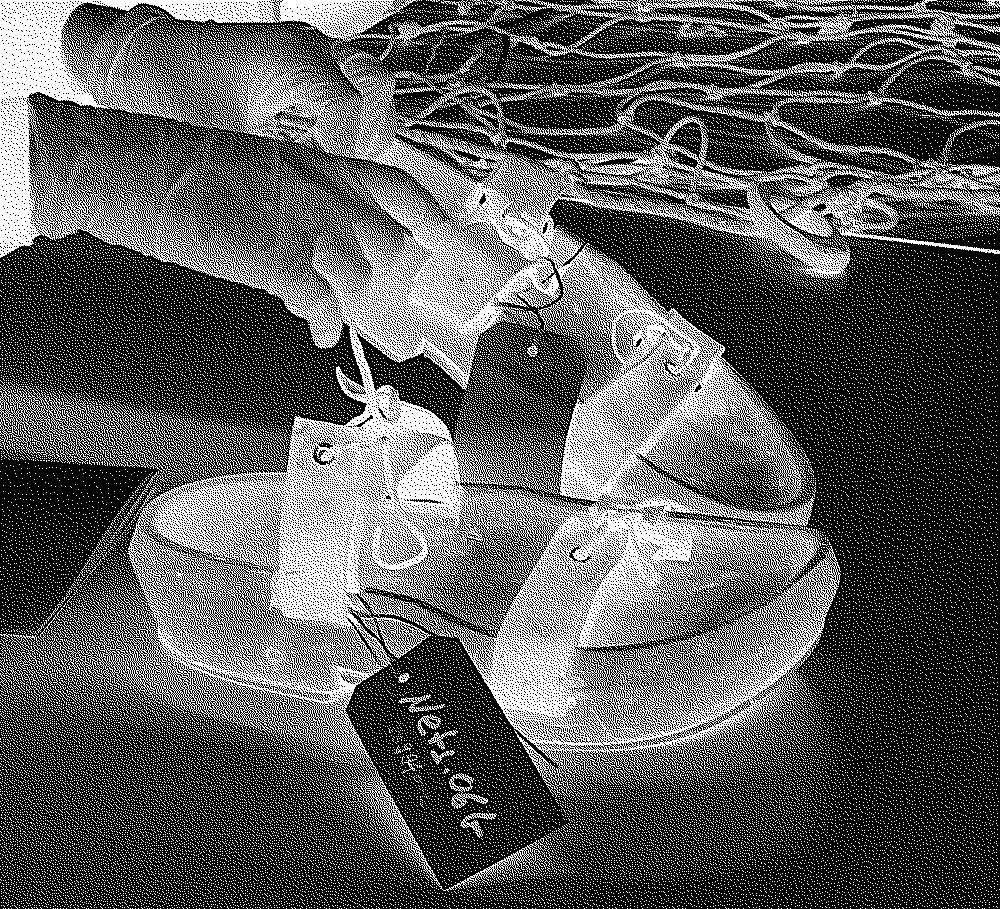
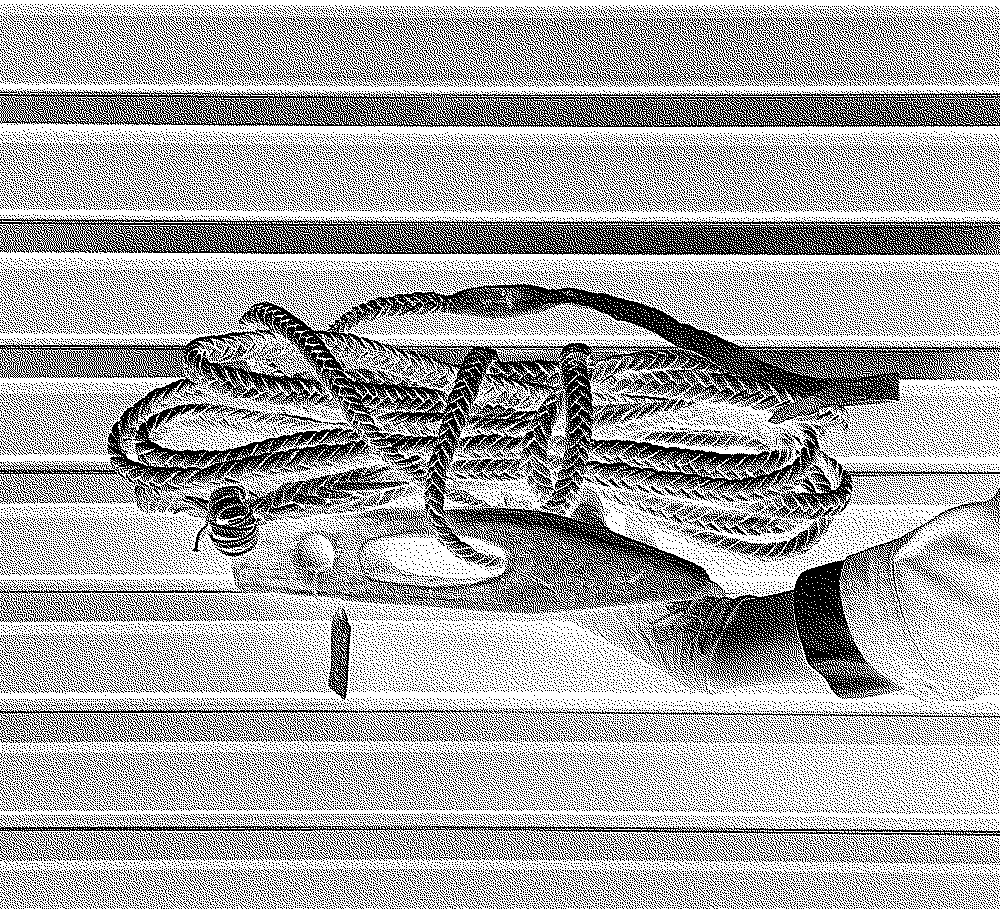

Field–Work
In a workshop led with material culture anthropologist Kiah Rutz, students from the Department of Social Anthropology and Cultural Studies at the Universität Zürich were asked to analyze Swiss agricultural tools from the collection of the Völkerkundemuseum. Physical examination of the objects and historical research in the museum archives took place over two sessions. The students then used their findings to produce experimental texts to accompany the objects for a hypothetical exhibition. The question posed to them: how can language compensate for the loss of physical touch in objects made for use? Outcomes from the workshop were subsequently compiled into a short zine—a record of young researchers trying to grapple with the loss of physicality imposed by the museum vitrine.
Notes on Construction
A brief overview of the history of flatpack furniture hardware, from 'easy assembly' to the very real education that comes with building something for yourself. Commissioned for U-JOINTS – A Taxonomy of Connections, edited by Andrea Caputo and Anniina Koivu.
The Plastic Diaries
An examination of common plastic welding techniques, pursuing their variations throughout the food packaging industry in Spain. A personal account of research in practice; faults, stumbles, and the absurdity of searching for something that’s omnipresent. Commissioned for U-JOINTS – A Taxonomy of Connections, edited by Andrea Caputo and Anniina Koivu.



Proposal for a Contemporary
Presentation of the Decorative Arts As the introduction to Exposición de Bienes, this essay examines the role of decorative arts objects inside and outside of a museum context.
The central argument is simple: a decorative arts museum and an antiques market are reflections of a shared ambition approached from opposite ends. When brought together, the pairing can prove to be a beneficial marriage that embraces the fully actualized nature of the objects in a museum’s collection.
Presentation of the Decorative Arts As the introduction to Exposición de Bienes, this essay examines the role of decorative arts objects inside and outside of a museum context.
The central argument is simple: a decorative arts museum and an antiques market are reflections of a shared ambition approached from opposite ends. When brought together, the pairing can prove to be a beneficial marriage that embraces the fully actualized nature of the objects in a museum’s collection.

Practical Adaptation
A research workshop exploring the adaptive evolutions of everyday things, hosted by Gandía Blasco as a part of the Mayrit Bienal in 2022.
The workshop focused on five themes: regional vernaculars, solutions found in industry, interfaces with nature, city life, and the relationships between architecture and people.
The workshop focused on five themes: regional vernaculars, solutions found in industry, interfaces with nature, city life, and the relationships between architecture and people.

Quiet Sounds
Observations on the sounds of infrastructure, unconcealed by the quiet of cities deserted as a result of the COVID-19 pandemic. Contribution to A Guide to Getting by at Home, a publication intended to alleviate the isolation of quarantine life, with all proceeds directly benefiting National Bail Out and Protect the Sacred.

Reza’s House
Part of ongoing research into ordinary domestic typologies, this essay—commissioned by Maharam Stories—reflects on the interpersonal nature of the courtyard house.

View from Serra d’Irta
An exploration of how we reconcile domestic impulses with the complexities of grief, this piece recounts the local oral histories surrounding a house on the outskirts of Alcossebre, Spain. Commissioned by Maharam Stories.
All rights reserved

Real-Time
Real-Time is a four-screen device cycling through some two hundred and forty live-streaming CCTV cameras around the world, produced for the exhibition 24 Hours, curated by Jamie Wolfond and Simple Flair for the 2025 Milano Salone. Insofar as the device keeps time, it measures its abstract passage through an unfiltered sprawl of everyday human life, a window into the sheer banality of everything happening everywhere, all at once.

Shepherds School Library
The Shepherds School Library for the Campo Adentro Shepherds School is a small library which mirrors the footprint of a typical shepherd’s hut. It follows the notion that if large-scale is the language of conventional institutional hegemony, the clearest way that an institutional library for shepherds can reflect its reality would be through a deliberate inversion; establishing direct 1:1 relationships between training and the real scale of practice.
Supported by Kvadrat and Rhizome Association, the Shepherds School Library is an ongoing project slated for completion in 2025.
Supported by Kvadrat and Rhizome Association, the Shepherds School Library is an ongoing project slated for completion in 2025.

Korshage Bench
At the invitation of designers Sébastien El Idrissi and Sara de Campos, I was asked to contribute to an exhibition centered around the Korshage house in Rørvig, Denmark. Realized in 1960 by architect Erik Korshagen as his summer home, the house is situated within a nature reserve and is notable for the use of vernacular building methods, which Korshagen executed with a finesse that surpasses any of regionalism’s nostalgic trappings. He built the house with a massive thatched roof, adapting a traditional building technology as a departure from modern convention, reasoning that he “would have built a flat roof if the site was flat, but the roof on a slope naturally has a high pitch.”

Exposición de Bienes
An exhibition in the form of a market, Exposición de Bienes acts as a commercial foil to the Museo Nacional de Artes Decorativas in Madrid. The presented goods, ranging from 16th century ceramics to early 20th century furniture, were sourced from the antiques district of the city and curated to correspond with selections from the museum's collection. Visitors are encouraged to visit the museum and the market in any order and to take something home. By juxtaposing the collection against a likeness available for sale, the exhibition emphasizes the fundamental nature of the objects: they were made to be used.

Living Room
Commissioned by Kvadrat and curator Jeffrey Bernett for the Kvadrat Febrik 2020 Knit! Design Project, Living Room is a reinterpretation of the family table. Informed by the history of seating in the Middle East, it was imagined as a place where one might gather for tea or to play cards.


Bird Pavilions
Two studies on the ways in which our lives and natural behaviors imprint on one another. Both are structures for indifferent avian audiences, which—whether by our influence or by sheer convenience—have come to rely on some sort of human intervention to sustain them.

Beam Collection
A bath collection for the heritage Italian company Zucchetti.Kos relates washbasins and consoles to their everyday predecessors. The gentle curvature of the washbasin is modeled after a prototypical bowl—the ancestor of the modern sink—with interior platforms providing space for soap bars or bath accessories. The supporting console, formally referencing the steel I-beam, links the wall-mounted unit to the structure and organization imposed by standard building components.

Barbican Play
An extension of the Barbican Trolley, Barbican Play is a shorter, more adaptable work cart for the ever-transforming home or office. The convenient height permits the cart to easily slides underneath one’s desk, where it can be accessed by way of a hollow handle designed to be grasped from either the top or the bottom.

Cigarette for One
An ashtray designed for the one-year anniversary exhibition of the Fisher Parrish Gallery. Cigarette for One is meant as a contemplative object, and an ode to the dying ritual of smoking a cigarette to end the night and reflect on the day.

Cookware
A cookware collection for Misen, with sculpted handles that maximize ergonomics and bases that provide even heat distribution and retention. Sloping, rounded handles soften the performance-based materiality of stainless steel, with each consideration in form working to further the offering’s total function. Appropriate for both the professional and home cook, the seven piece collection features skillets, sauciers, sauté pans, and a stockpot.

Barbican Trolley
Barbican is an architectural take on the bar cart; a vertical structure that caters to one’s needs. A hierarchy is established by the tiers, and the handle is integrated into the top surface to meet the hands at a natural height. The form falls to the background while the objects placed on the cart are elevated, creating a sense of serenity and purpose. The cart is meant to be used in a variety of settings as an all-purpose trolley that serves more than just drinks.

Bent Box
Simple storage boxes designed for Normann Copenhagen, made from a single strip of wood wrapped around a base, taking after the Japanese tradition of magewappa, or bentwood housewares. They are able to stack for storage, allowing the user to determine how they could fit into one's life; whether as trays, containers, or catch-alls.

Omniweight
Omniweight was designed for the inaugural exhibition of Fisher Parrish Gallery, The Paperweight Show. Water weights—which are used around the world for everything from doorstops to securing signage—were the point of inspiration. Their inherent convenience lies in their utility, in that once their job is done, they can be emptied and carried away with little strain. Our adaptation is a miniaturization of this reference: a refillable weight that can sit on a desk or serve for heftier tasks.

Champ
A stacking stool intended to fit effortlessly into a home, café, or office. The use of broad steel tube gives it a pleasantly robust familiarity. Named with a nod to its similarity to a champagne cage, Champ is a stool that finds function in its casual and practical nature.

Shapes Bundle
The Shapes Bundle developed as the result of a partnership with athletic apparel brand Outdoor Voices for the Wallpaper* Handmade project in 2015. The collaboration provided an opportunity to create a family of five objects intended for use both within and outside yoga practice. After their initial debut, the collection was refined for production and the rollers and blocks, manufactured in cork, were made available for sale.

Stepladder
A wooden stepladder for the home. Produced of bent wood, in an effort to bring warmth and familiarity to an everyday tool, the ladder relates more to the language of furniture production than to hardware or utility. The frame consists of two steam bent components that are produced, for ease of manufacturing, from the same mold.

Kyuzo Collection
A collection of desk and home accessories, driven by materiality and designed to provide divisions of space through subtle hierarchies. The project is a meditation on formal purity and composition. While each component has its own strength, the grouping of objects is most balanced when viewed as a full set, with each piece playing on the sculptural language of the other.

Standard Paintbrush
When asked by the Cooper Hewitt Smithsonian Design Museum shop to design a tool for sale to coincide with the museum's show Tools: Extending Our Reach, we chose to reconsider the paintbrush.
© 2025 Sina Sohrab
All rights reserved